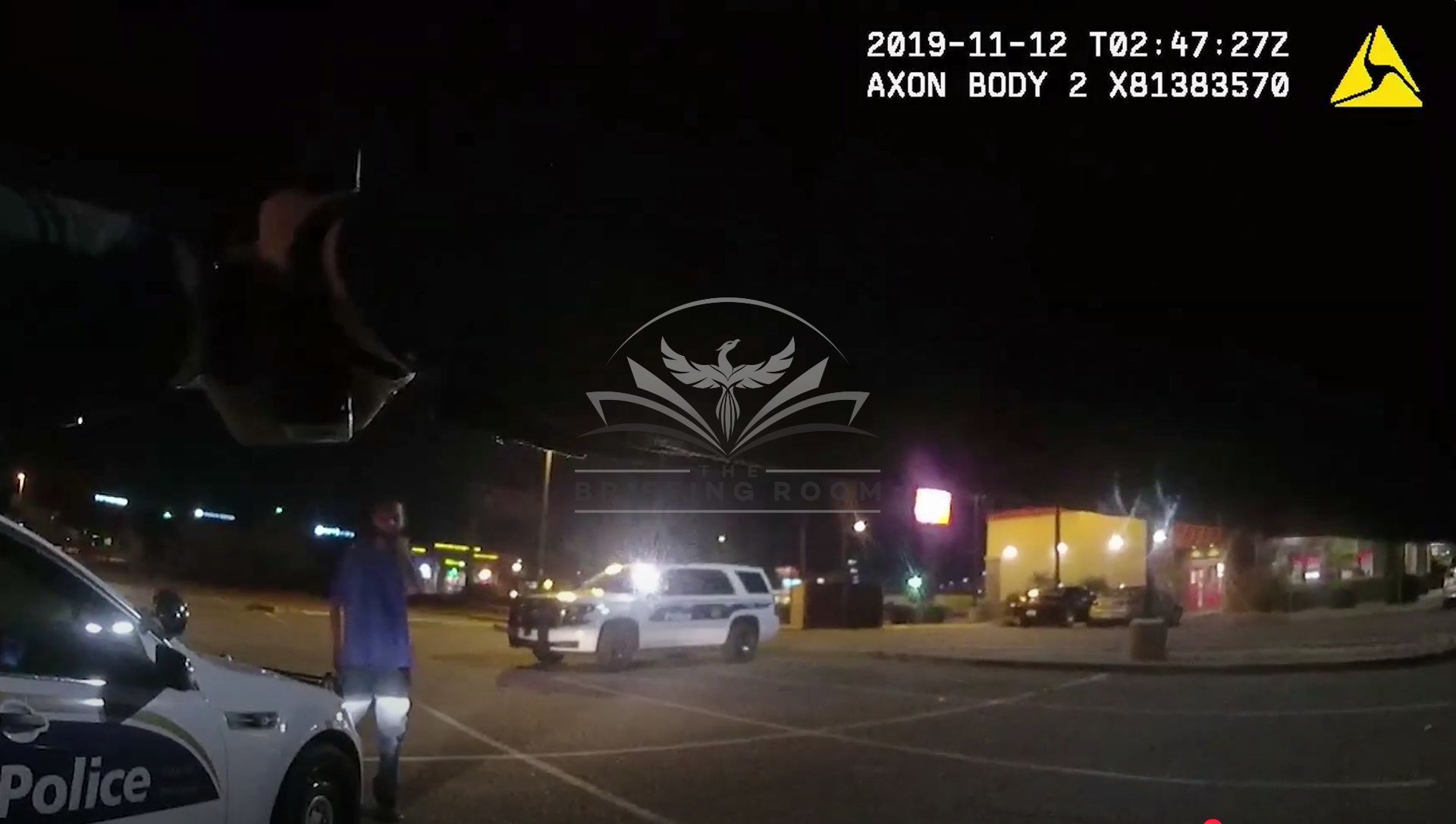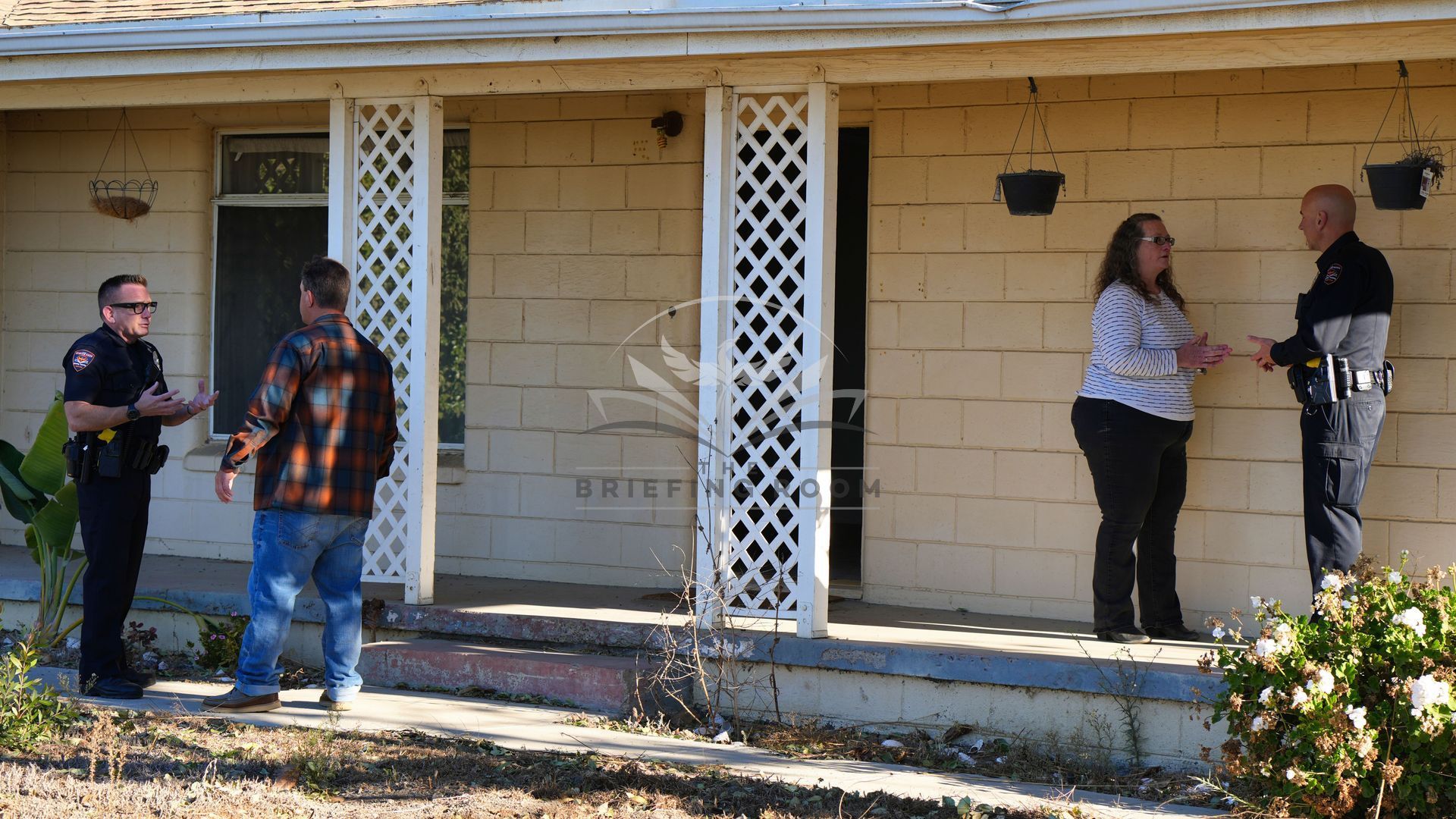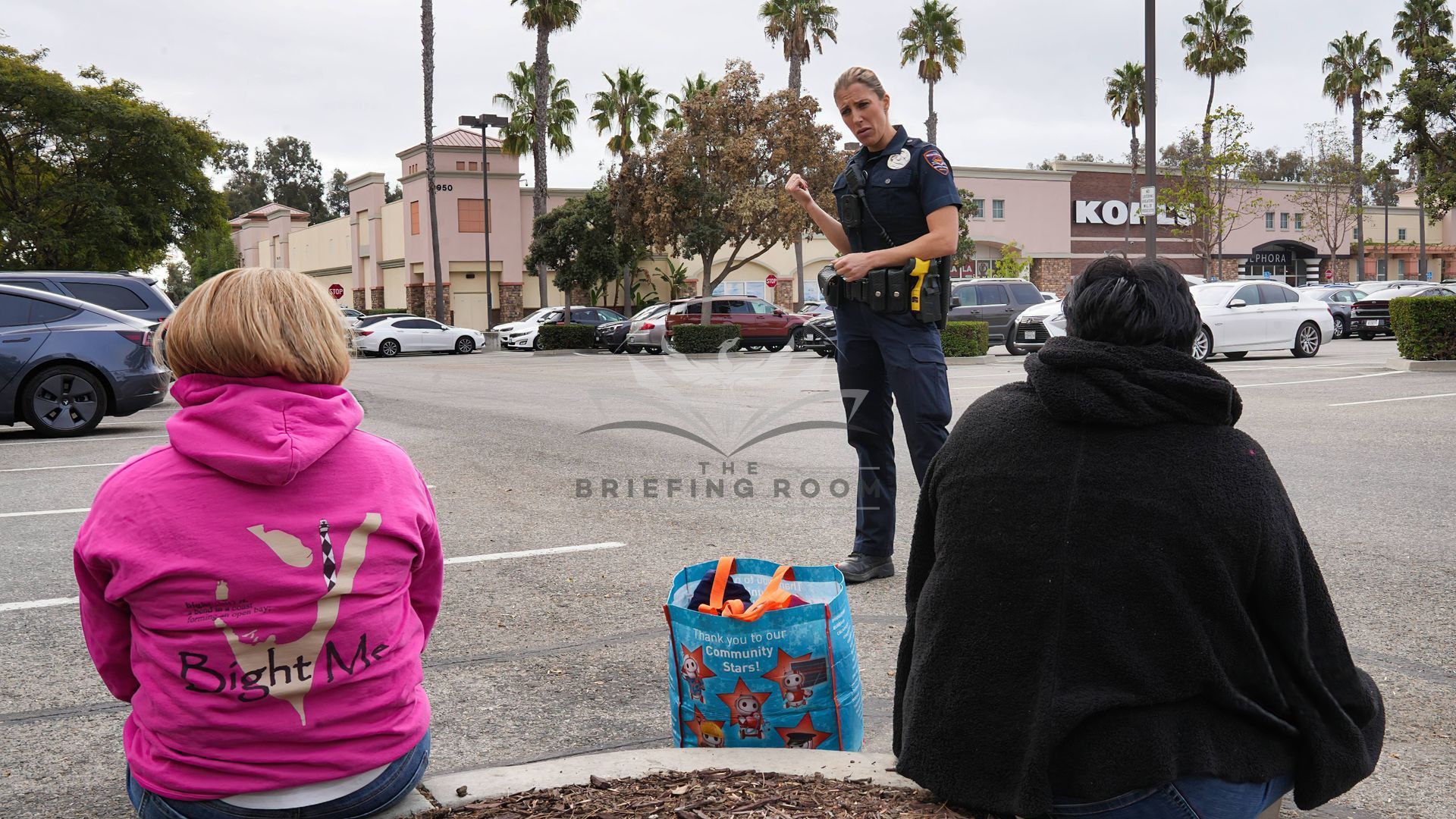Improve Deescalation With Active Listening
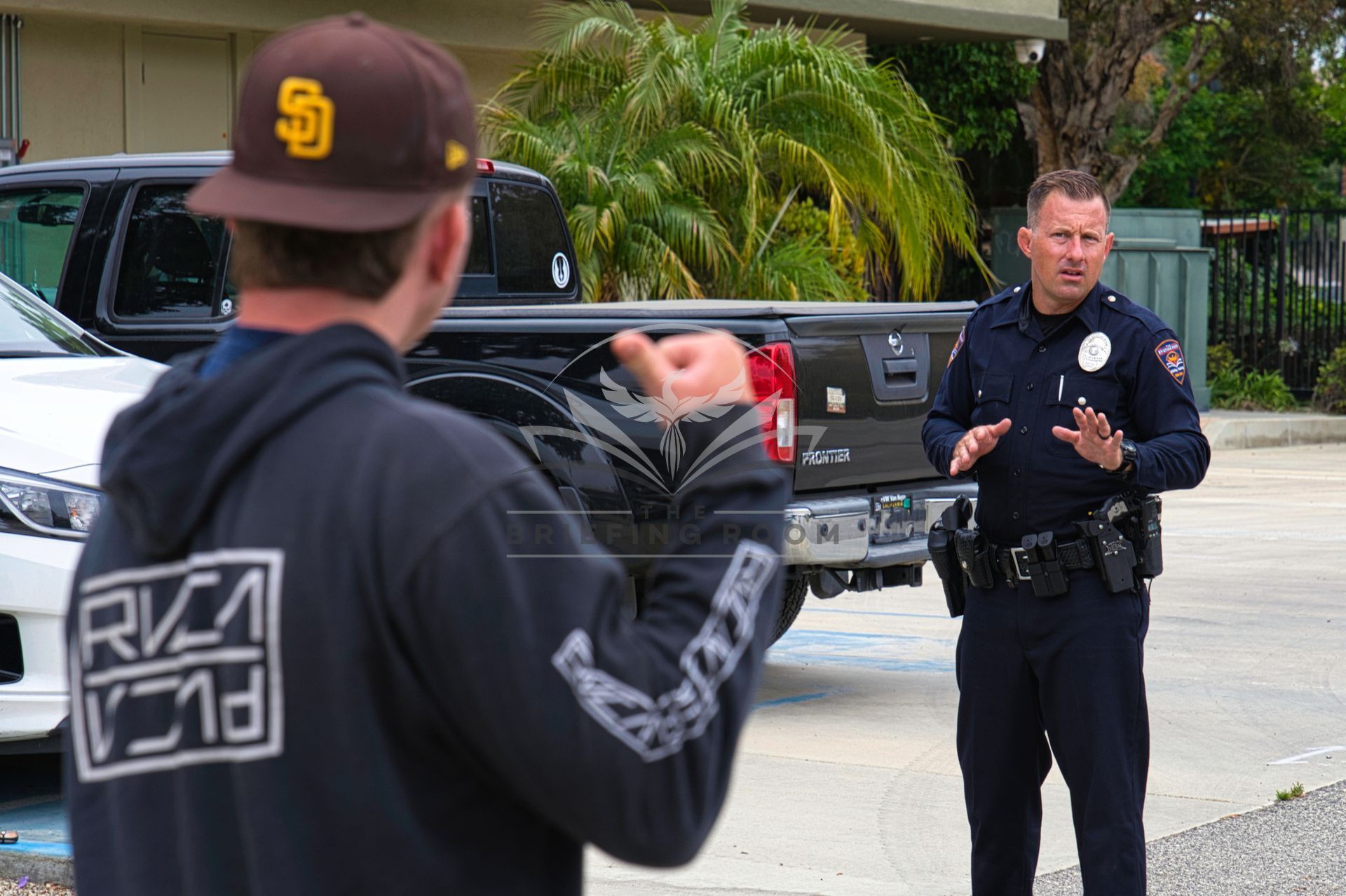
This post is only offered as a discussion topic only and does not represent legal advice. Officers must refer to the laws in their own State as well as their agency's policies, which can be more restrictive on officers that the law requires.
Scenario: When an officer is on scene talking to someone, is the officer really hearing what the person is saying to them? When an officer has a resistive subject, are you listening to them or are you talking over them the entire time?
Guide: Improve Deescalation With Active Listening
Answer: Active listening is one way to make sure an officer has all of the information presented to them during an encounter with a subject. The definition of active listening is, “The practice of engaging closely with what a speaker is saying and indicating understanding, typically by asking relevant questions, using gestures, and summarizing.”
Active listening can improve an officer's professionalism in many ways, including the deescalation of volatile situations. A lot of times, people just want to know they’re being heard and that the officer understands their viewpoint.
The key is, that the officer can’t listen if they’re too busy talking or just waiting to interject. Instead, an officer should take a break from giving commands if it’s safe to do so, and try engaging in a legitimate conversation with the subject. And actually, hear what they are telling them. One might be surprised that the information they're getting is exactly what is needed to know in order to get them to comply.
The Briefing Room has a short training video available on this exact scenario so agency supervisors can easily train every officer in your agency on this essential topic.
90-Second Training Videos Your Supervisors Use During Briefing or Roll Call To Develop High-Performing Teams of Officers.
✅ Lower Liability
✅ Retain Officers
✅ Build Community Support
🌟 Produced Exclusively by Active-Duty Law Enforcement Instructors 🌟
